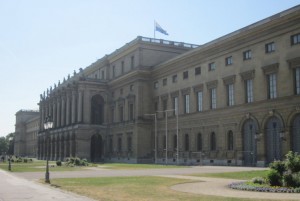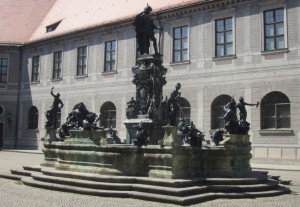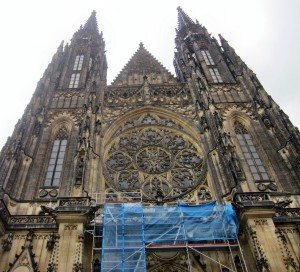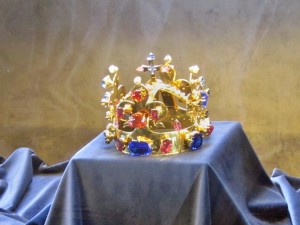Tag Archive
activity architecture art artist building Canada children city CostSaver downtown drive i-95 entertainment Europe event exhibit family festival Florida food fun historic History landmark local Museum music Nature New Zealand Ontario roadtrip sculpture Seattle show sights sightseeing tour tourist Trafalgar travel travelblogger view Washington Washington State water world
Cosmos Tour: Prague Vienna Budapest – Good King Wencelas
In Prague we learned about Wenceslas I, or Svatý Václav in Czech, who was the duke of Bohemia from 921 until his assassination in 935, purportedly in a plot by his own brother, Boleslav the Cruel.
In the optional excursion of Medieval Prague, you get to see the Gothic St. Vitus Cathedral, the biggest and most important church in the Czech Republic. It’s located in Prague Castle and contains the tombs of many Bohemian kings and Holy Roman Emperors as well as the St. Wenceslas Chapel.
Due to the popularity of some books which elevated Wenceslas I to a place of heroic goodness and resulted in his being elevated to sainthood, was posthumously declared king, and then became the patron saint of the Czech state. He is that one and only “Good King Wenceslas” of the popular song which is a Saint Stephen’s Day carol written in 1853. over 900 years after he lived.
His death in September 935 (or perhaps 929) was committed by a group of nobles allied with Wenceslas’ younger brother Boleslav. Boleslav invited Wenceslas to a feast, they quarreled, and 3 of his buddies murdered Wenceslas on his way to church. Boleslav thus succeeded him as the Duke of Bohemia.
Since 2000, the feast day of Saint Wenceslas (September 28) is a public holiday in the Czech Republic, celebrated as Czech Statehood Day.
On the Cosmos optional excursion, one is wowed by the grandeur of the St. Wenceslas Chapel in St. Vitus Cathedral where his relics are kept. The room, built between 1344 and 1364, has walls encrusted with over 1,300 semi-precious stones and paintings about the Passion of Christ. The upper part of the walls have paintings about the life of St Wenceslas, and in the middle is a Gothic statue of him.
There is a small door with seven locks in the chapel, which leads to the Crown Chamber containing the Czech Crown Jewels, which are displayed to the public only once every (circa) eight years. Seven different people have seven keys.
Germany: Munich Residenz
The Wittelsbach dynasty ruled the German territories of Bavaria from 1180 to 1918 – that’s 738 years, pretty impressive. Munich Residenz, their former royal palace, is located right in the center of Munich and very much open to the public. After 4 centuries of building it, the giant palace is made up of many styles: late Renaissance, Baroque, Rococo and Neo-Classicism.
Though spartan on the outside, it is very opulent inside. You can tour it for its architecture, over-the-top room decor (130 rooms), and displays from the former royal collections. After WWII, the Cuvilliés Theatre was built into the Festsaalbau wing. You can also catch the Bavarian Radio Symphony Orchestra in Hercules Hall. In his time, Mozart performed in this palace.
The Treasury houses the jewels of the Wittelsbach dynasty and spans 1,000 years, from the early Middle Ages to Neo-classicism, and includes: crowns, swords, golden objects, rock crystal, ivory, goblets, icons, tableware and toiletries.
The palace suffered huge damages during WWII, but the curators managed to store furnishings, art and details of its architecture in mines. When you are wandering around the 10  courtyards, see if you can find this fountain with statues of fire, water, earth and air on its corners.
courtyards, see if you can find this fountain with statues of fire, water, earth and air on its corners.
The Wittelsbach family’s head, since 1996, is Franz, Duke of Bavaria, and he still hangs out in Munich. During WWII, the Wittelsbachs were anti-Nazi and were arrested when Franz was 11. He spent time in several Nazi concentration camps. After the war, he studied at the University of Munich and became a collector of modern art. Some of his collection is on loan to the Pinakothek der Moderne Museum (see other post).

